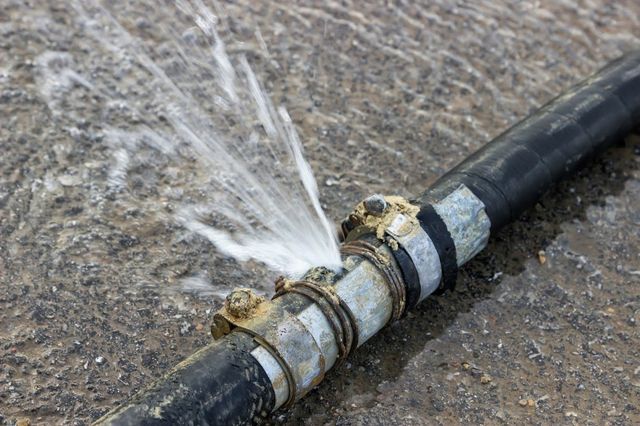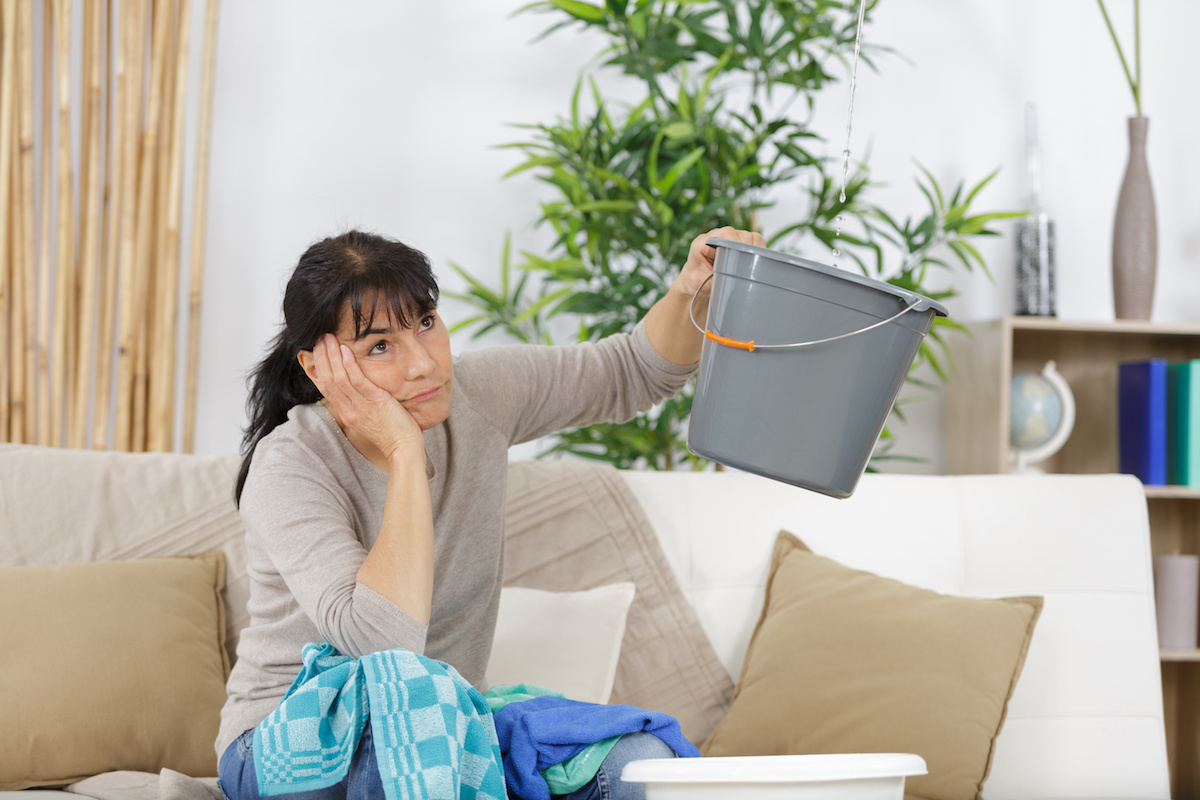Are you hunting for selective information around What to Know Before Installing a Dishwasher?

A burst pipeline is a major emergency; you can just stand as you see water you pay a lot to rejoin with the earth. In even worse situations, you notice a swimming pool on your kitchen flooring, which is a great journey threat, specifically if you have children around. If the pipeline that burst was in your walls, problem: you might need to paint that entire section.
Exactly how can a calamity like a ruptured pipe be avoided as well as taken care of? Well, by listening to your professional emergency plumbers as well as following these rules.
Just how do I understand when my pipelines have burst?
Rising and fall water pressures
Pipelines do not simply burst in a day. You might have observed that your kitchen faucet or shower doesn't run promptly when you turn the tap. It may pause for a couple of seconds and then blast you with more pressure than common.
In various other circumstances, the water might appear regular at first, then drop in pressure after a few seconds.
Polluted water
Lots of people presume a ruptured pipeline is a one-way electrical outlet. Fairly the contrary. As water flows out of the hole or wound in your plumbing system, contaminants discover their method.
Your water may be polluted from the source, so if you can, examine if your water storage tank has any troubles. However, if your drinking water is supplied and purified by the local government, you should call your plumber right away if you see or scent anything amusing in your water.
Puddles under pipelines and sinks
When a pipe bursts, the discharge creates a puddle. It may show up that the puddle is expanding in dimension, and also no matter the number of times you wipe the puddle, in a few mins, there's another one waiting to be cleansed. Typically, you might not be able to trace the pool to any kind of noticeable pipes. This is a sign to call an expert plumber.
Wet wall surfaces as well as water spots
Before a pipe bursts, it will certainly leakage, the majority of times. If this relentless leaking goes undetected, the leakage might graduate right into a vast tear in your pipe. One very easy method to prevent this emergency is to watch out for wet wall surfaces ad water stains. These water discolorations will lead you right to the leakage.
Untraceable dripping sounds
Pipe ruptureds can happen in one of the most undesirable areas, like within concrete, inside walls, or under sinks. When your house goes silent, you might be able to listen to an annoyingly relentless leaking sound. Even after you have actually checked your shower head and also cooking area tap, the trickling may continue.
Precious reader, the leaking might be coming from a pipeline inside your wall surfaces. There isn't much you can do about that, other than tell a professional plumber.
Show up the Warm
Establish fans to blow warm right into cold areas. Keep the garage door shut. If you have actually minimized water circulation, heat one of the most susceptible pipelines (usually in cellars as well as crawl spaces or near outside walls) with a hair dryer. Leave the faucet on while you use heat. As you thaw ice, the flow will boost. To prevent pipes from cold, shield your walls.
Beginning Getting Rid of the Water
Get hold of the wipe, buckets as well as a store vacuum cleaner to start to remove the water because you absolutely don't desire it soaking right into everything else in your home. And also, a quick clean up will certainly lower the chances of something obtaining musty.
What do I do when I spot a burst pipeline?
Your water meter will certainly continue to run even while your water wastes. To reduce your losses, discover the main controls as well as turn the supply off. The water pipe are an above-ground framework at the edge of your residential or commercial property.
How to Fix & Detect a Leaking Pipe
How Do I Know if a Pipe is Leaking?
Leak detection tests can help you determine if your pipe has a leak. Even if you don’t see an apparent leak, you should still conduct leak detection tests regularly to save water and money—and prevent major damage to your home.
Water meter. It can be helpful to figure out what your usual water meter usage numbers are and then monitor them regularly. To monitor your meter, first, turn off all water faucets in your home. Check the meter and write down the numbers. In a few hours, check the meter again. If the numbers have changed, you have a leak. Water gauge. Use a water gauge to test your water pressure. Your showerhead should produce a certain amount of water pressure based on its model and design. If the pressure is lower than it is supposed to be for that specific showerhead, your home likely has a leak. Puddles. Look inside your bathroom, laundry, and kitchen sink cabinets. Puddles around the cabinets or around toilets, tubs, showers, and washing machines indicate the presence of a leaking pipe. You may also notice loose tiles, peeling or flaking paint, or mold caused by water accumulation. Napkin test. Even if you don’t see any puddles, you may still have a leak. You can test for water leaks in the bathroom, laundry, and kitchen by wiping below-sink connections with a napkin, paper towel, or piece of toilet paper. If it becomes damp, you probably have a leaking pipe under the sink. Discolored walls. Walls that are discolored—usually with brown or yellow stains—or bulging might mean that they have been impacted by water damage caused by a leaking pipe. Smell. A leaky pipe will create sitting water, and over time, that water may develop a musty smell. If your home smells musty, but you can’t locate the source, it may be due to a leak. Steps for Fixing a Leaking Pipe
A leaky drain can be remedied by tightening the pipe base, replacing the drain seal, caulking the rim, and tightening the pipe nut. Similarly, a leaking toilet pipe can be treated by tightening the packing nut. You may also need to replace the valve. A leaky faucet may just need tightening or replacement of the washers. If that doesn’t work, consider replacing your faucet. If your pipe has a hole in it, you may want to use a pipe leak sealer or pipe leak tape. This quick fix for water pipe leaks can also temporarily fix a copper pipe leak. https://www.ahs.com/home-matters/quick-tips/how-to-tell-if-pipes-are-leaking/

As a keen reader about How to Prepare for Your Dishwasher Installation, I imagined sharing that excerpt was smart. Do you know anybody else who is interested in the niche? Do not hesitate to share it. We take joy in reading our article about How to Prepare for Your Dishwasher Installation.
Book Now!